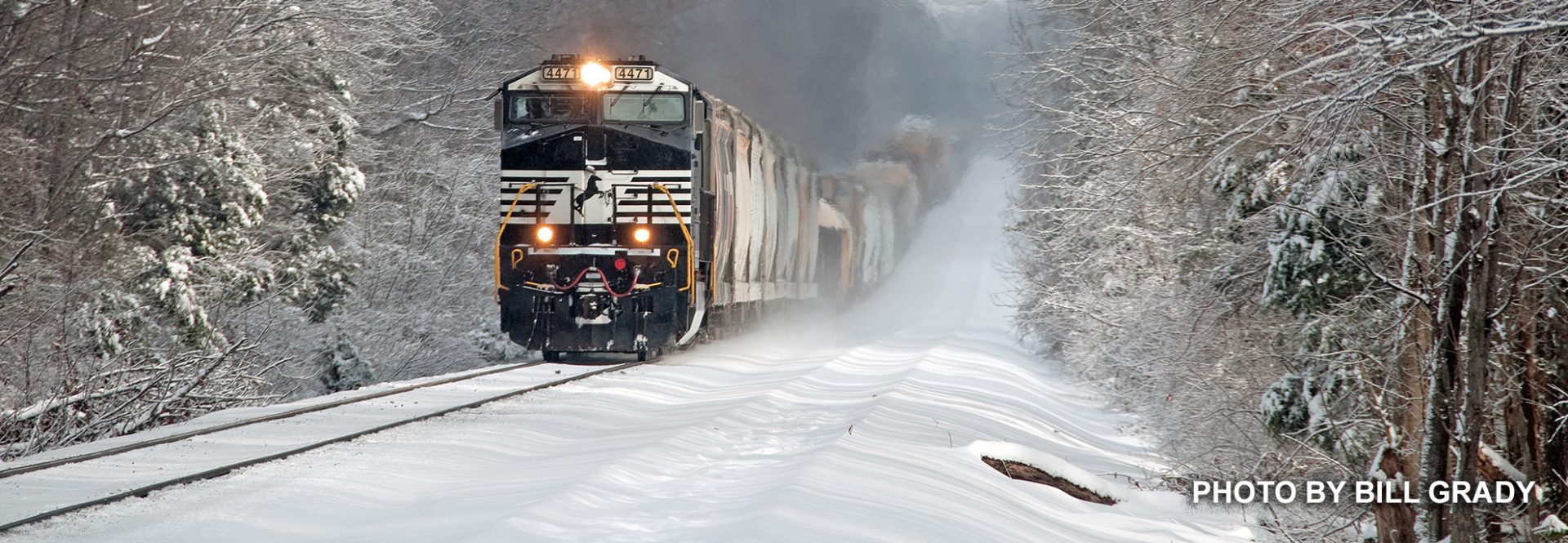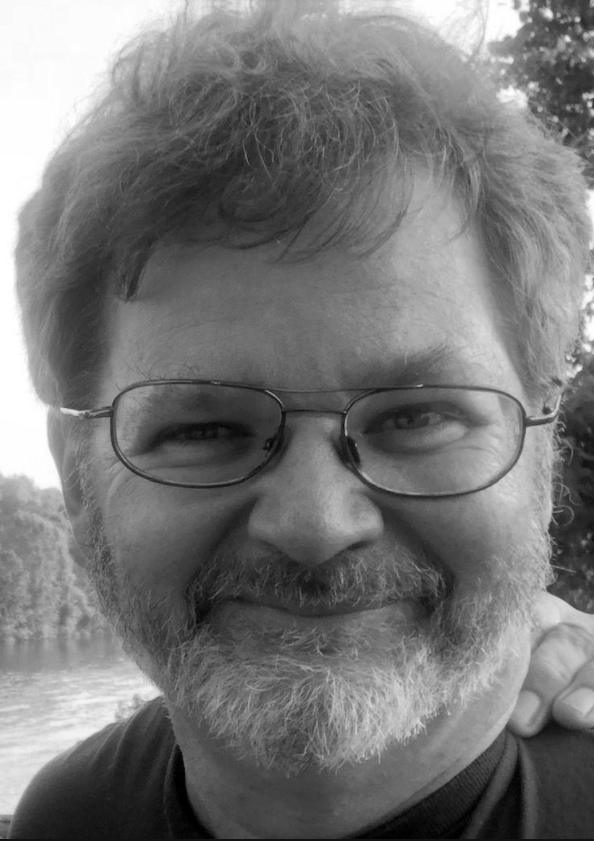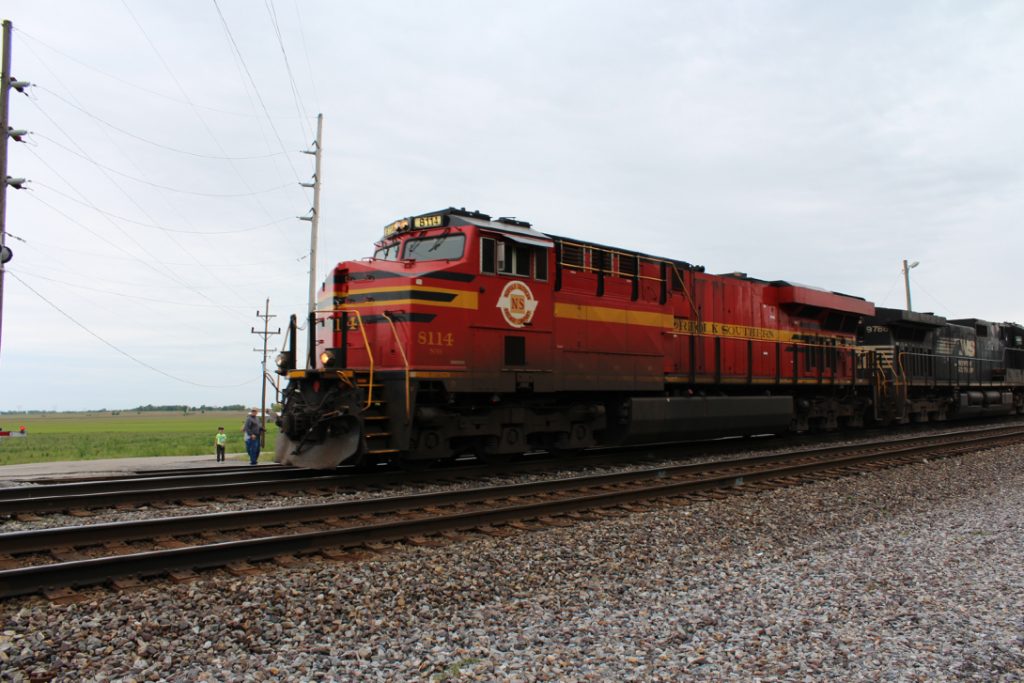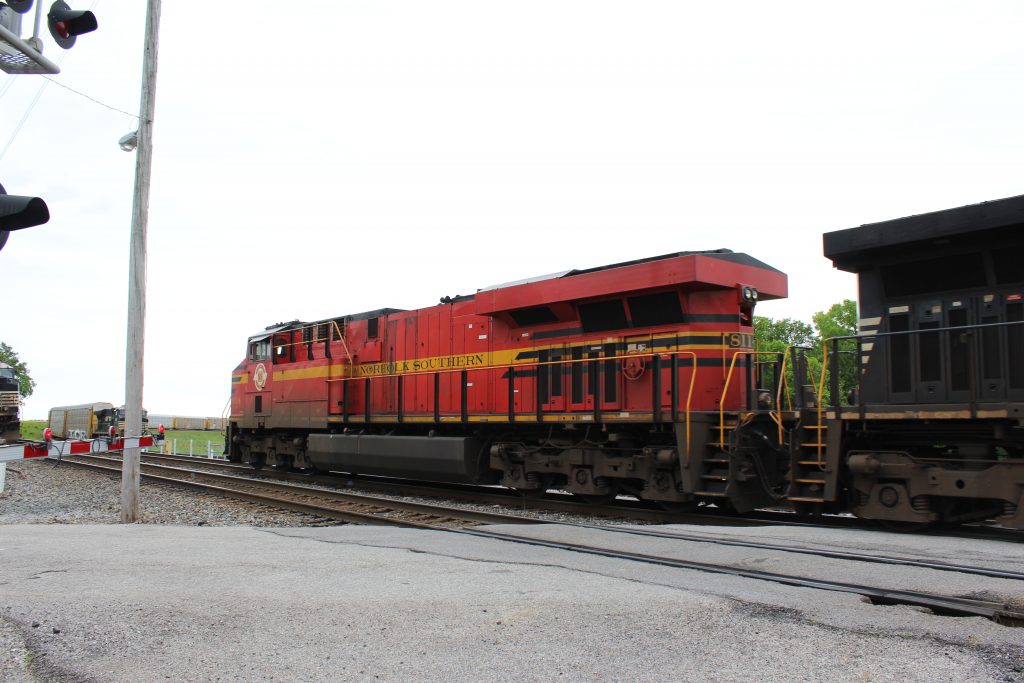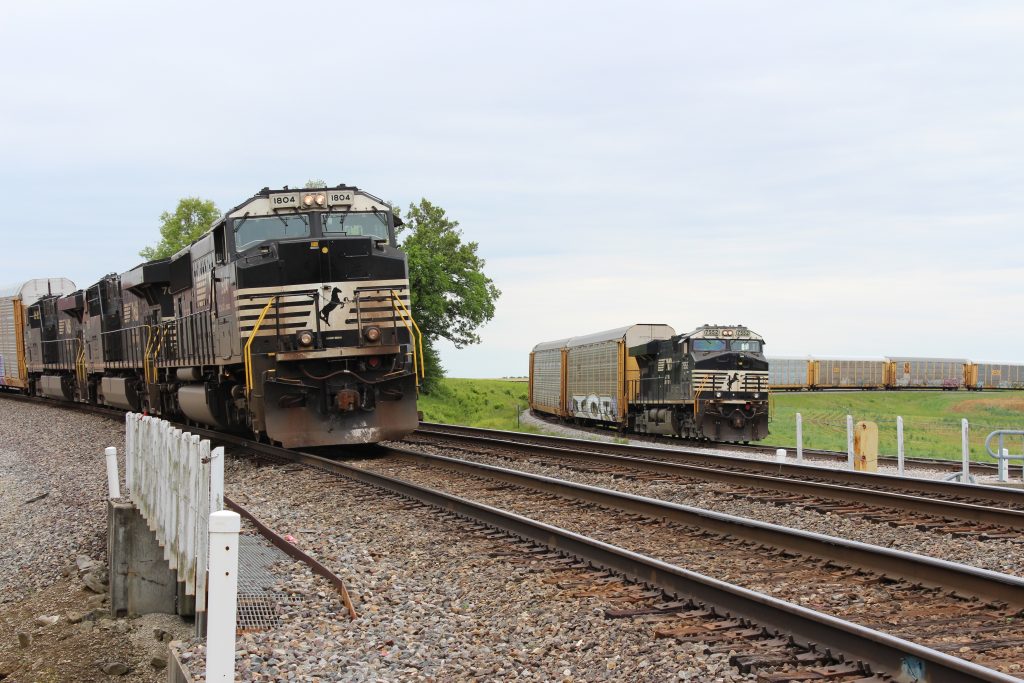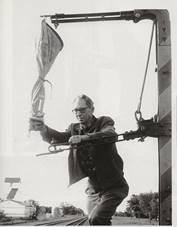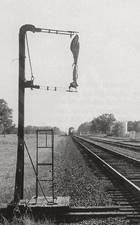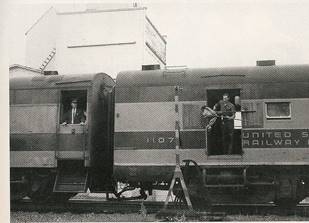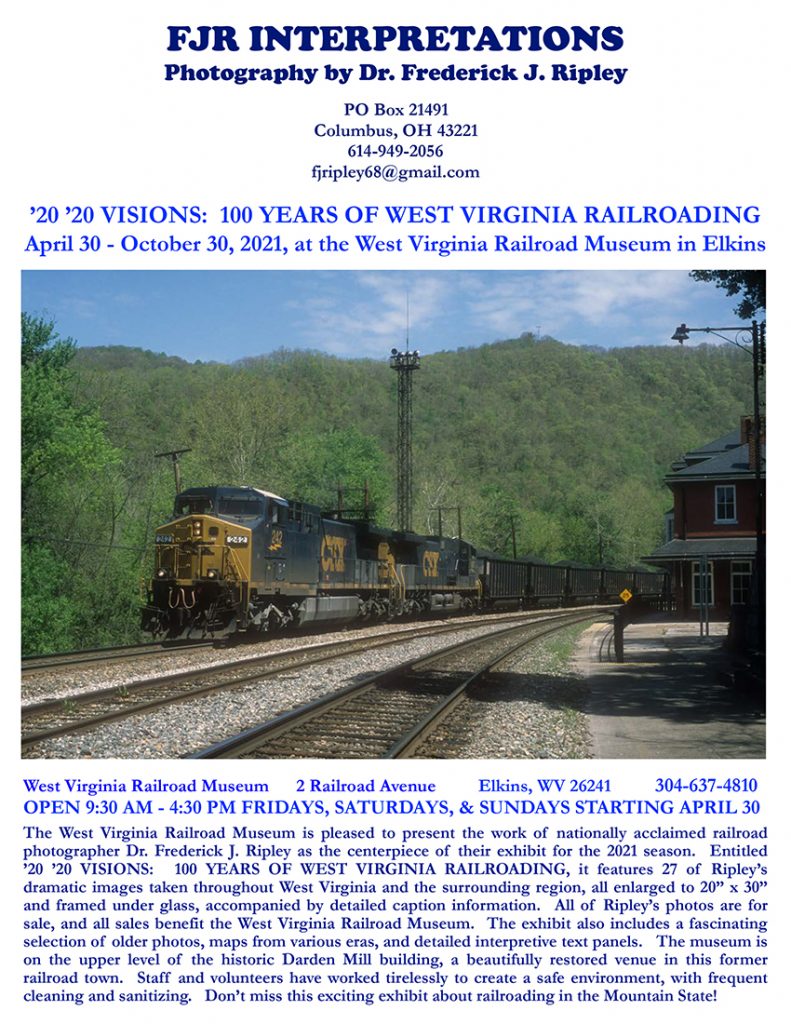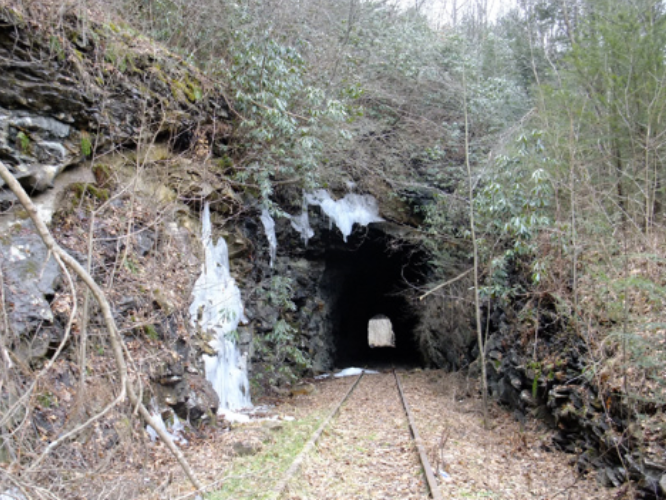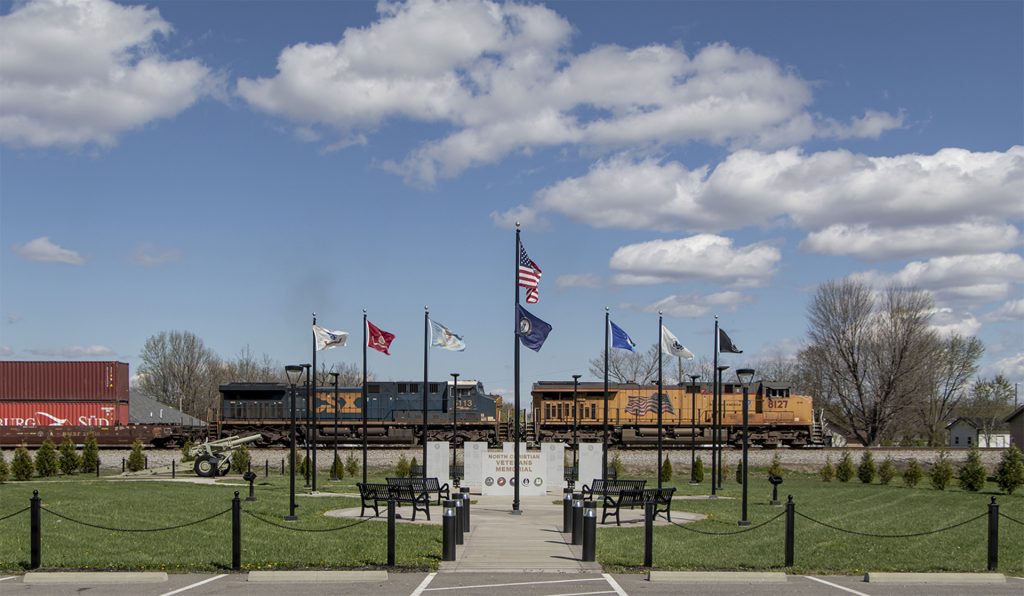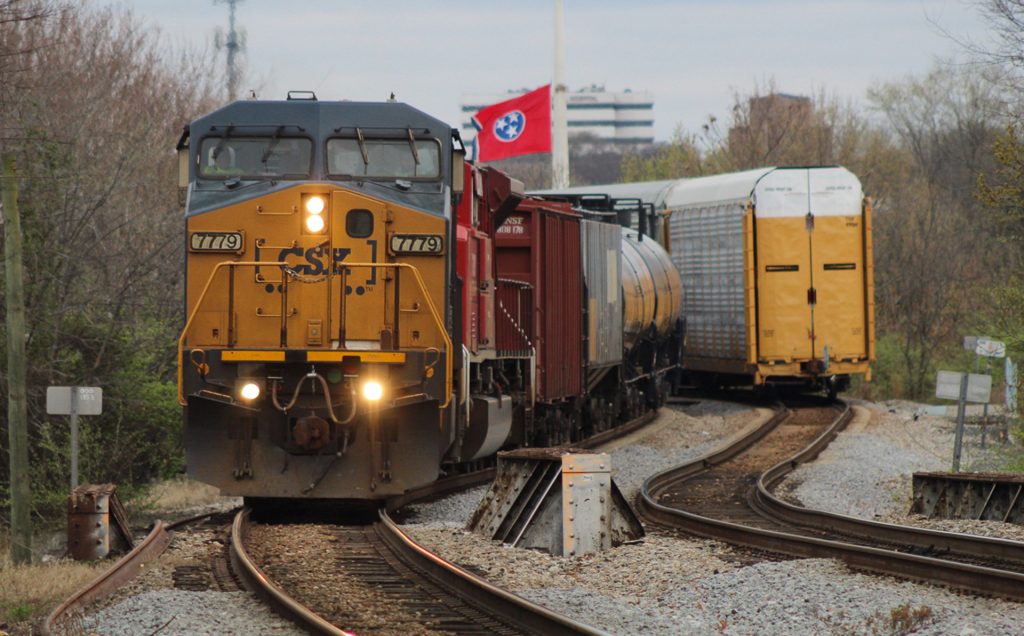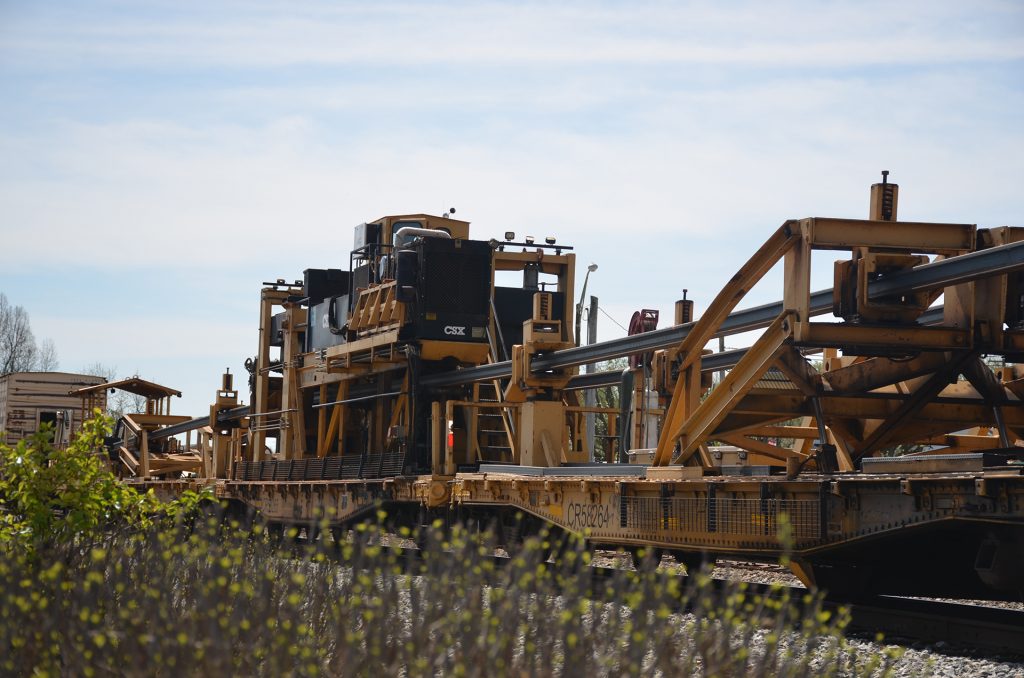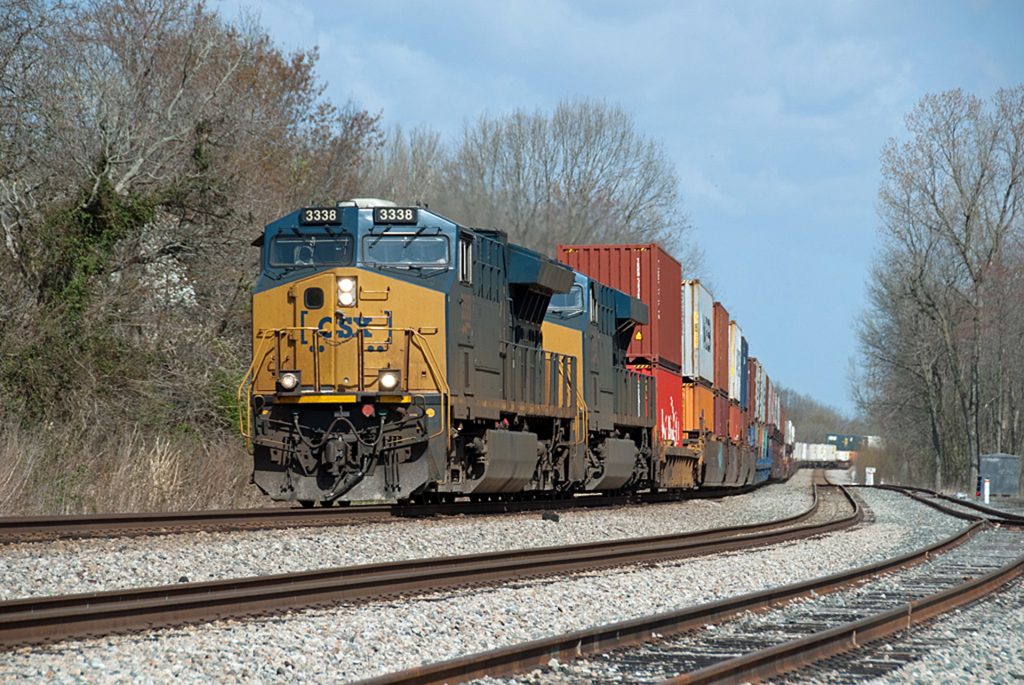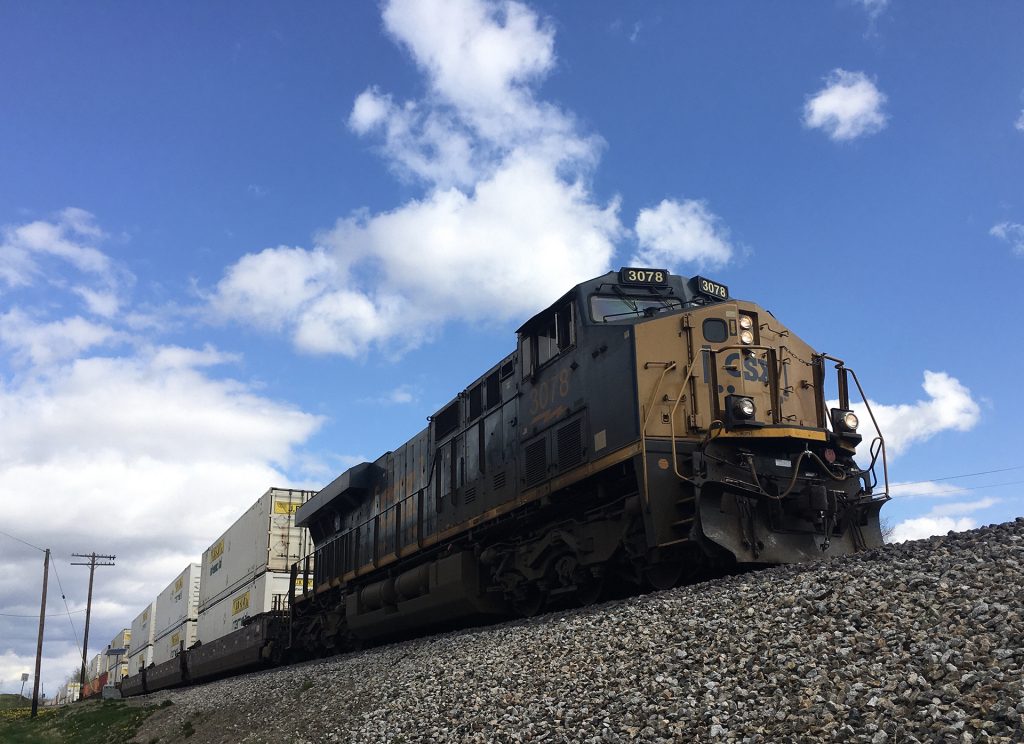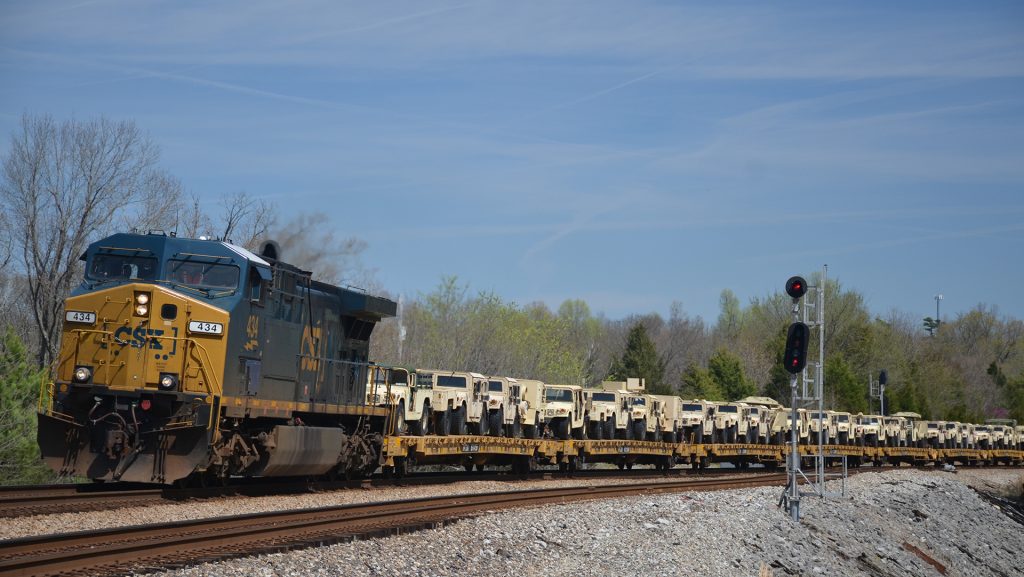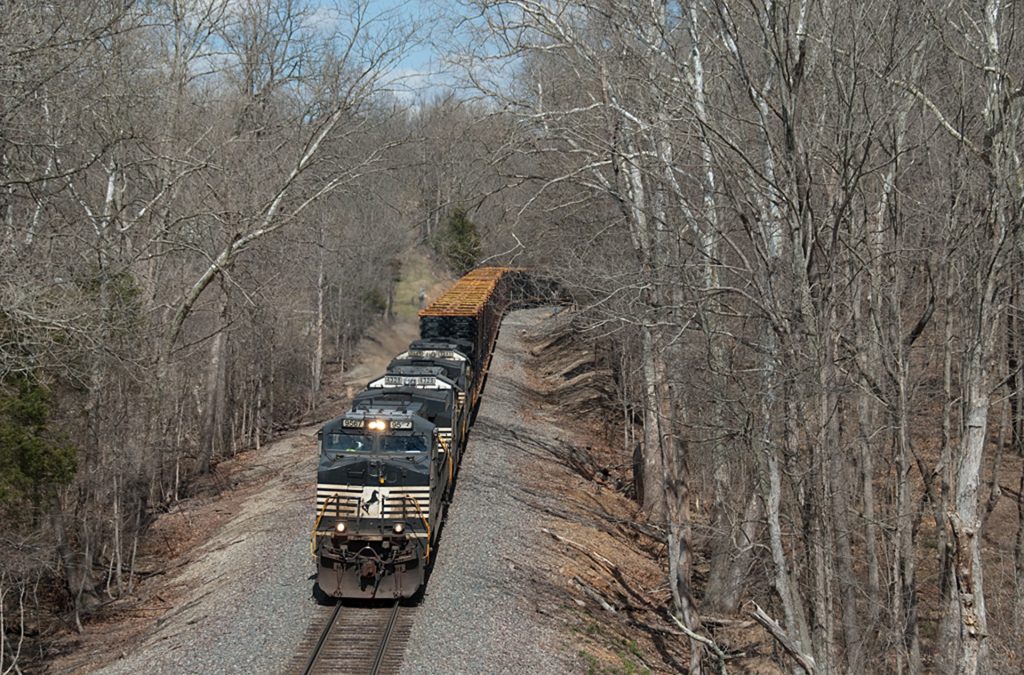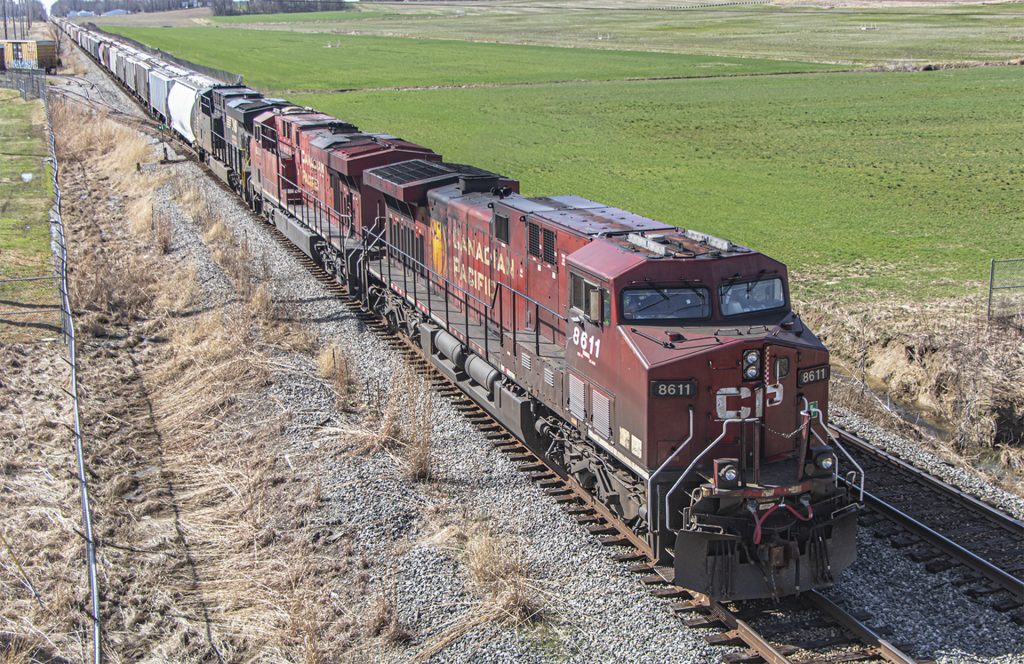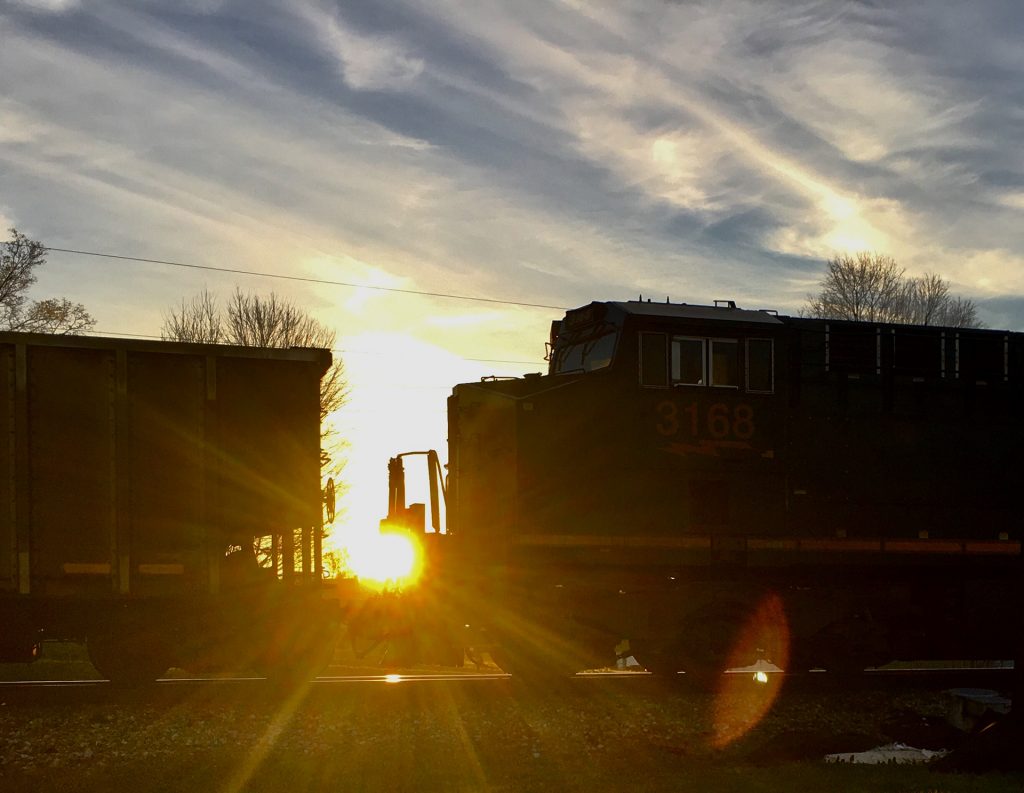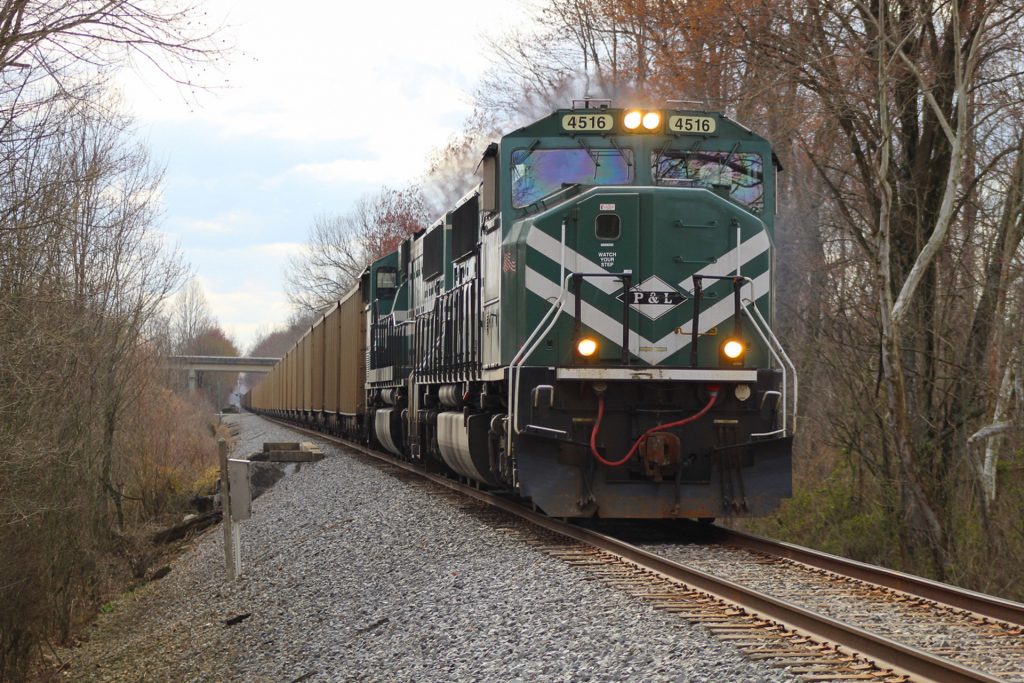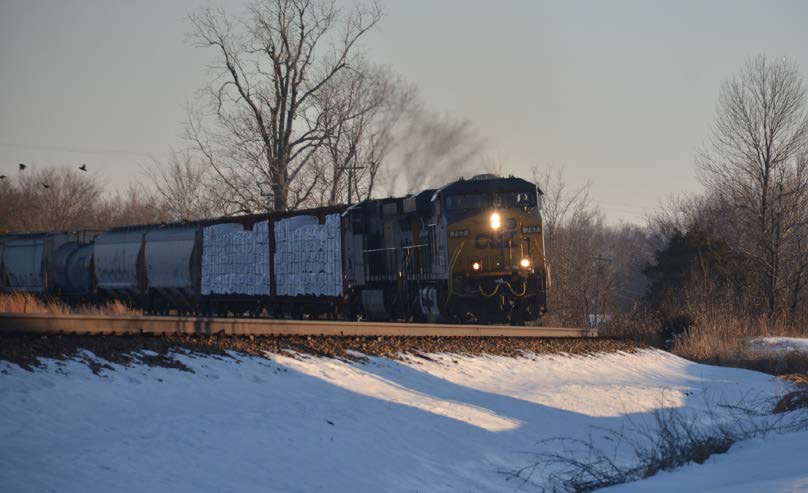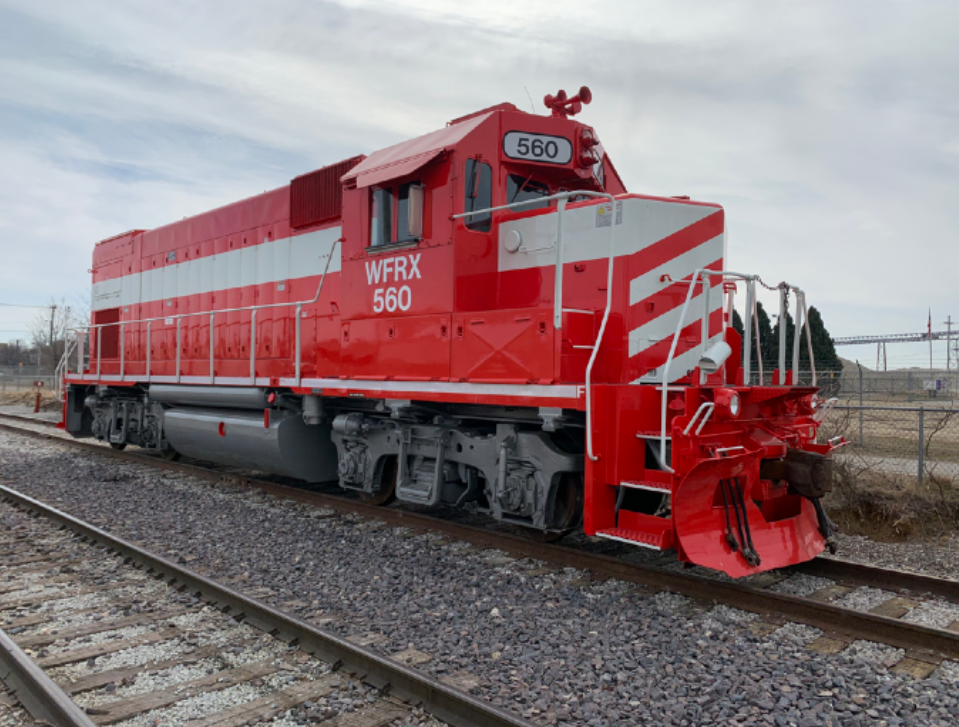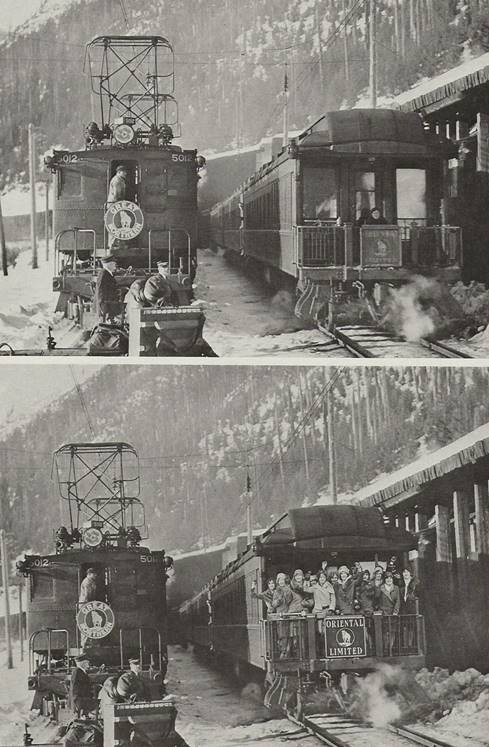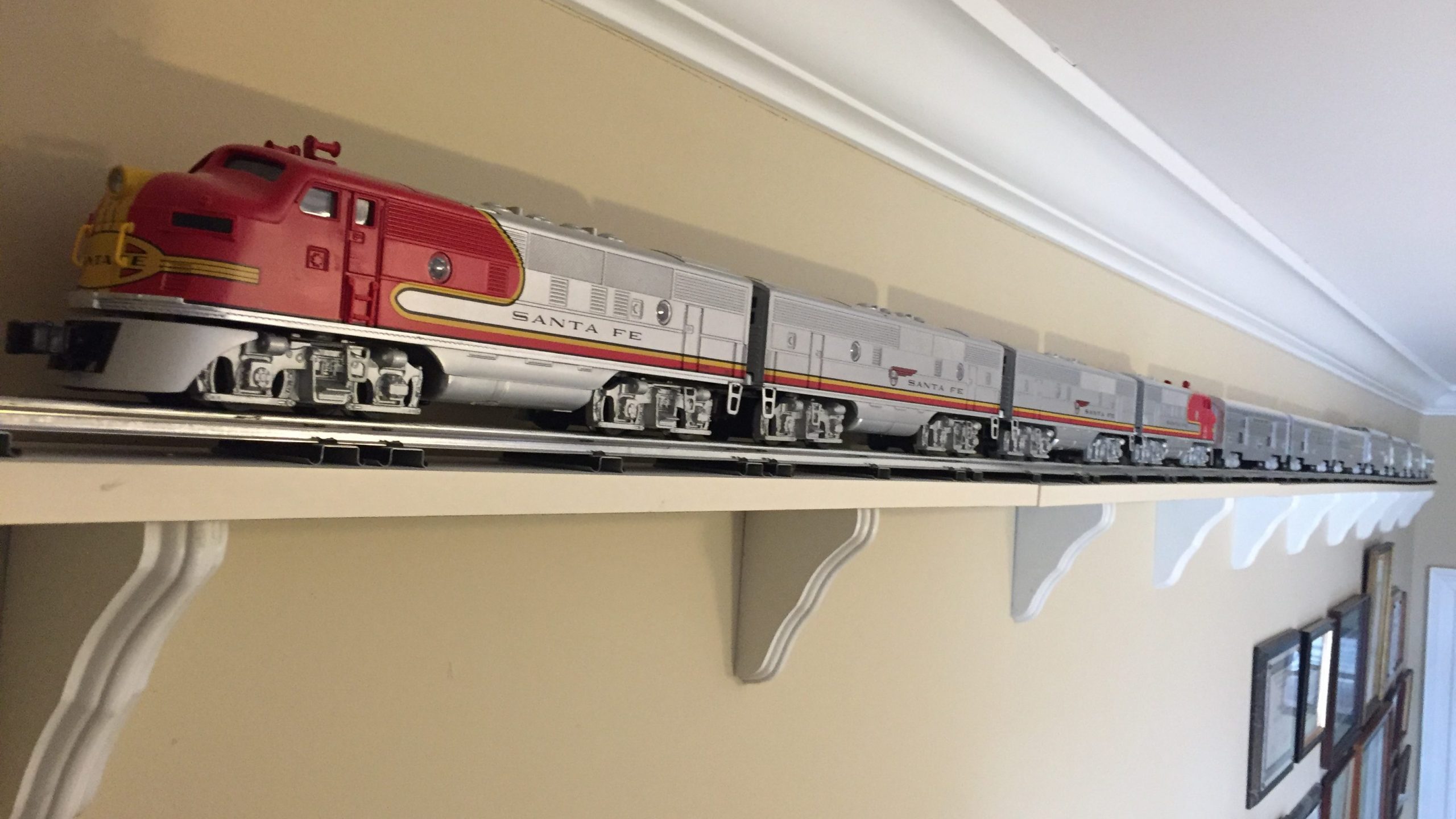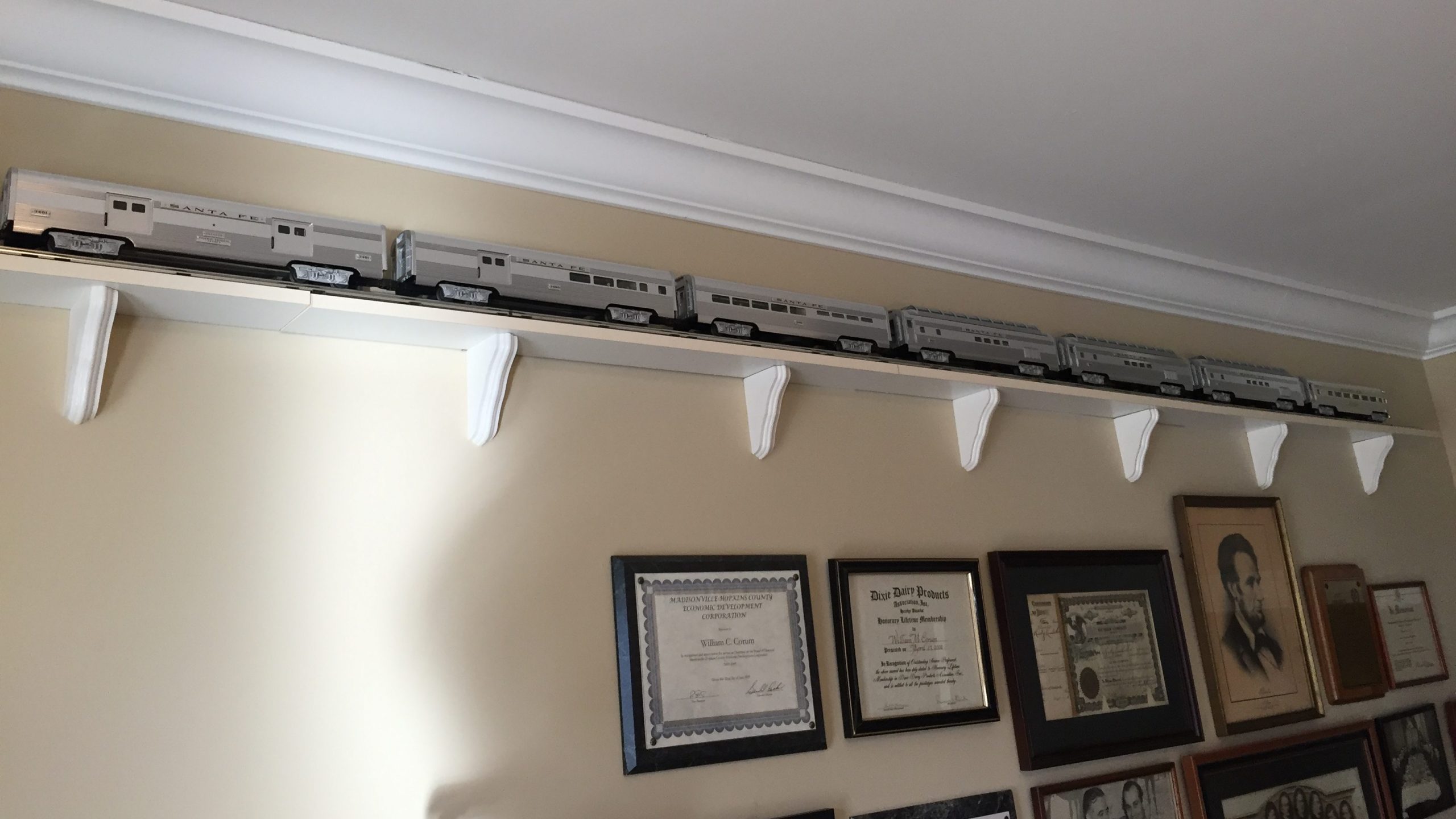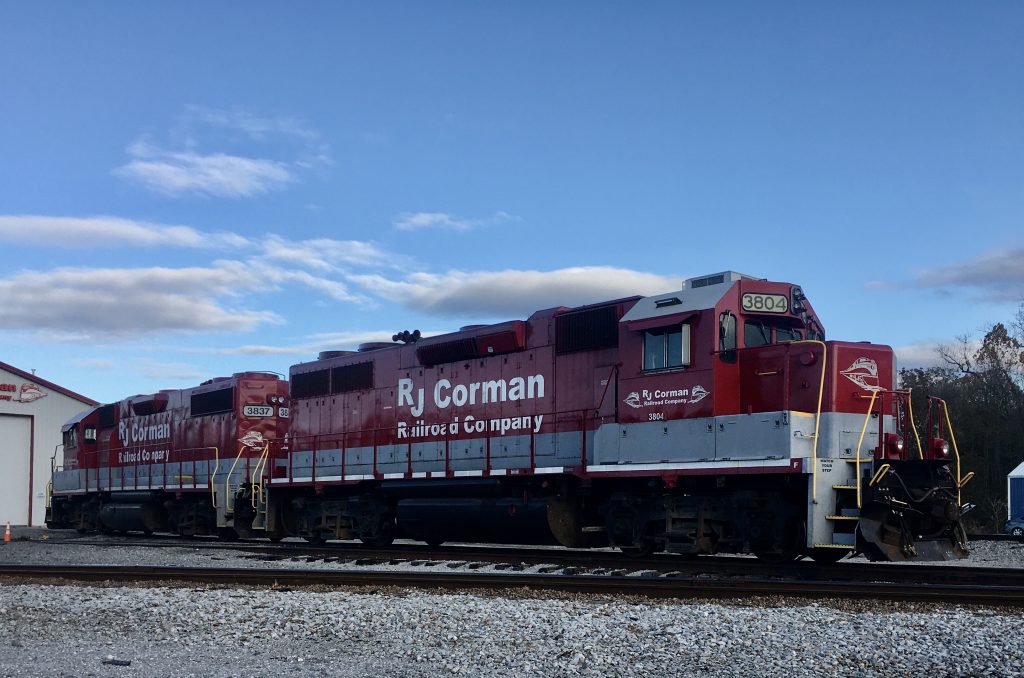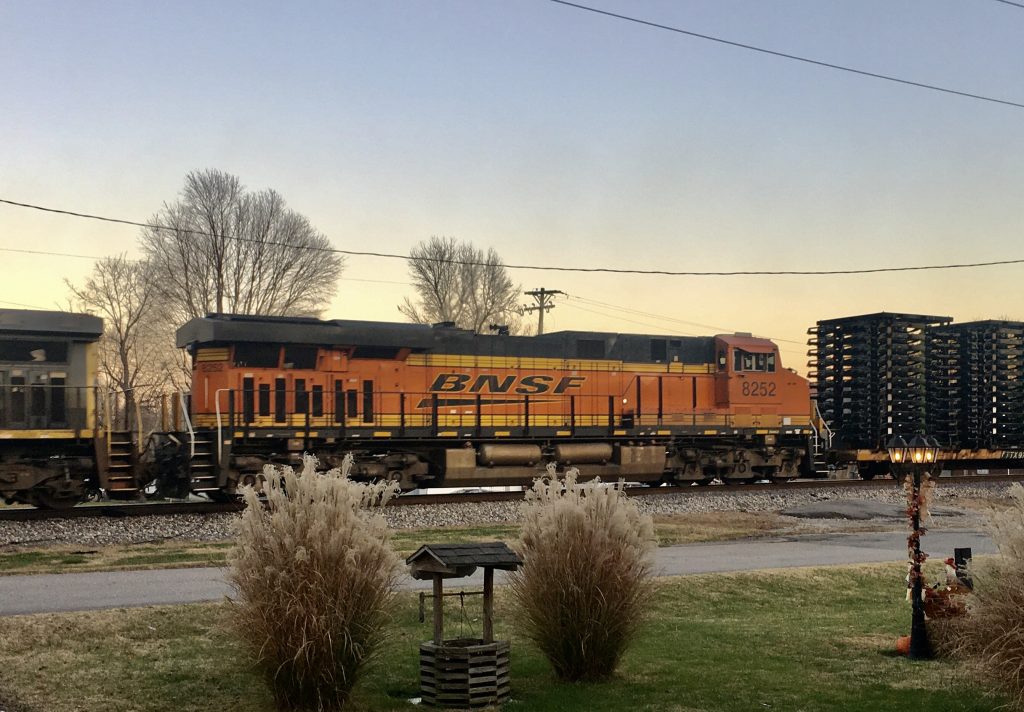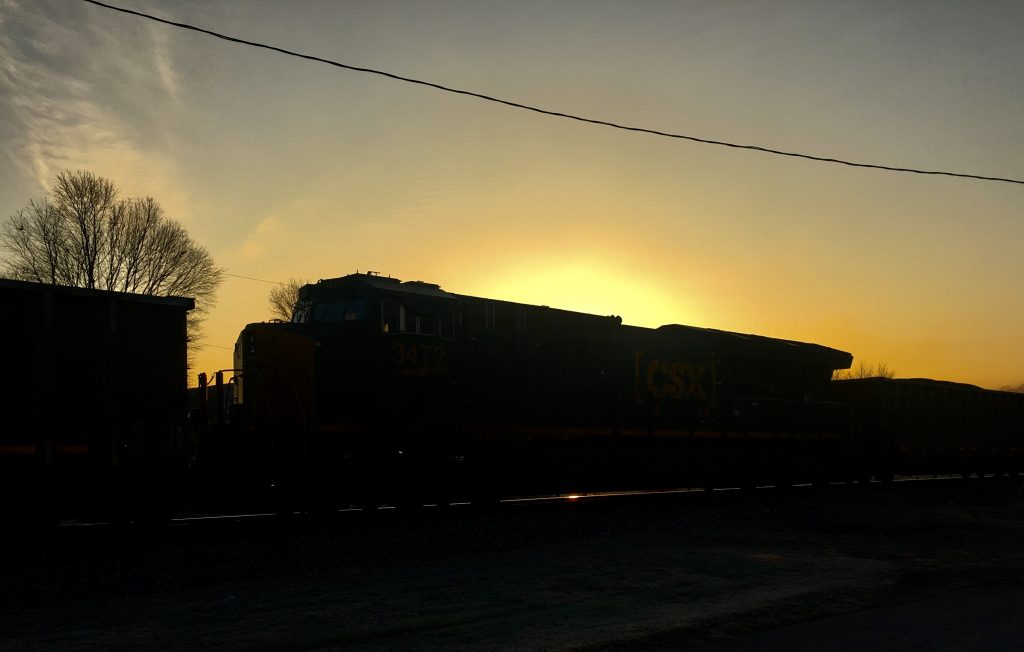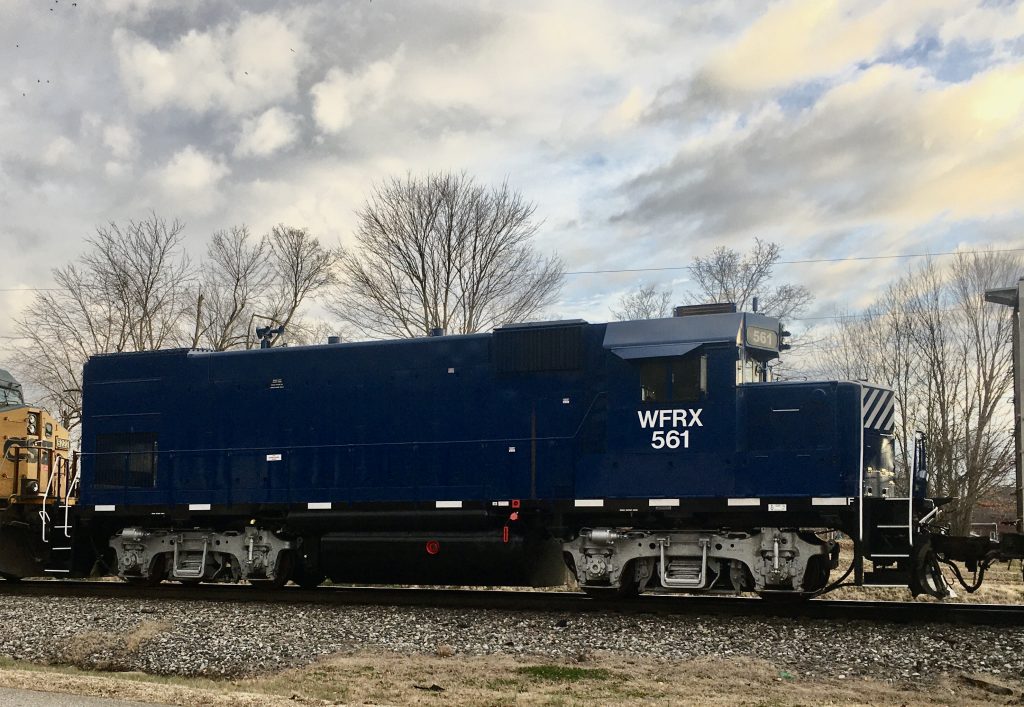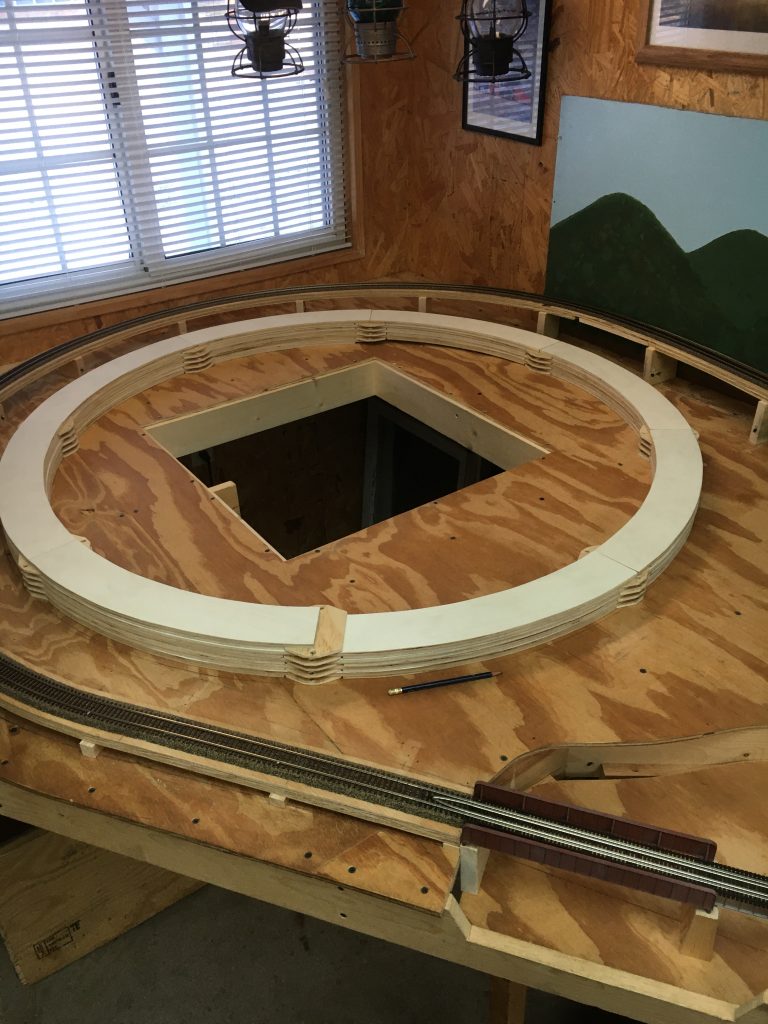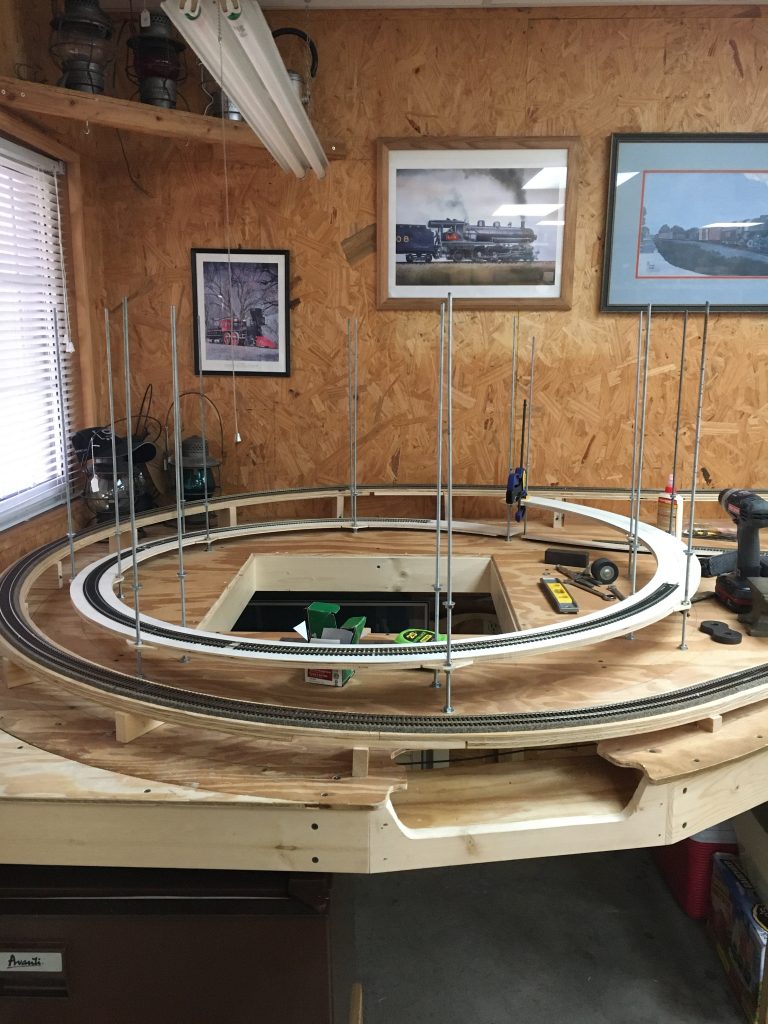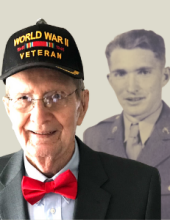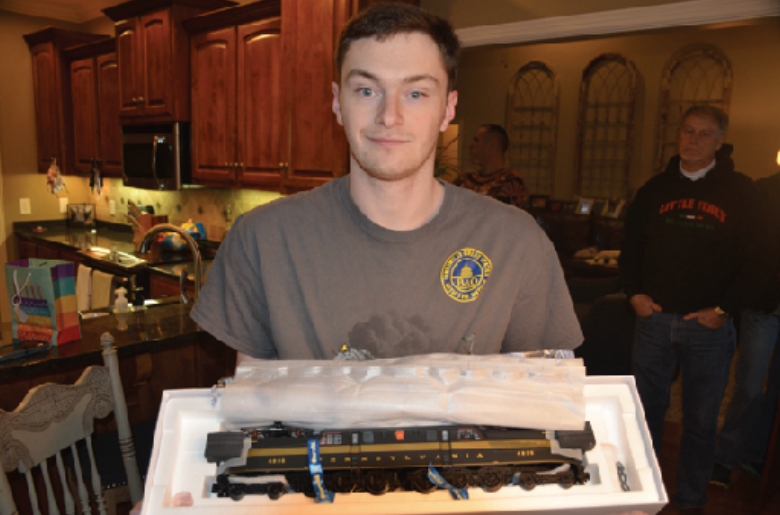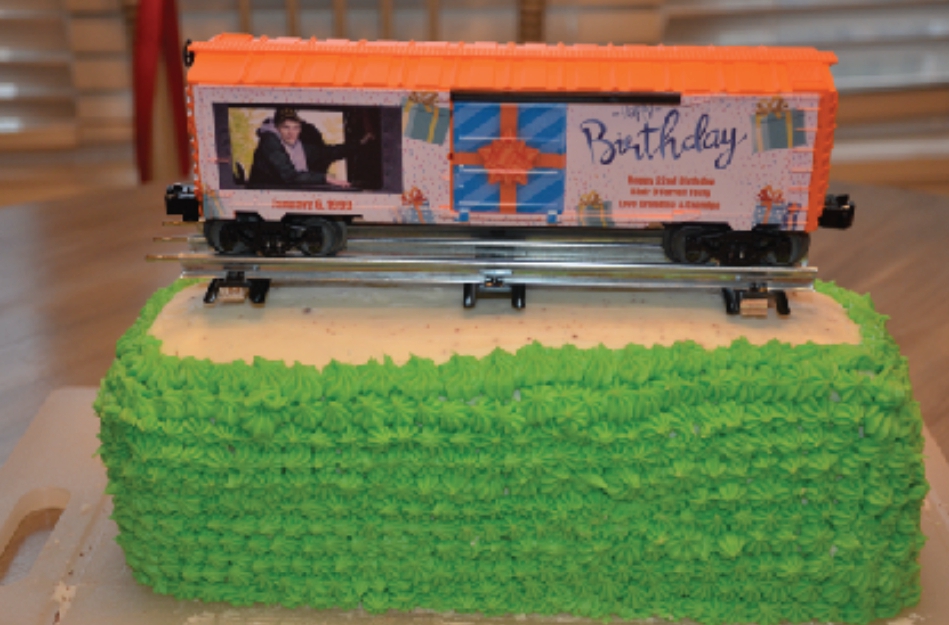In bankruptcy since late 1977, the Milwaukee Road elected in 1980 to slim the railroad down to what they hoped to be an economically viable core in the upper Midwest. Eliminated from the system was their hard-won Pacific Extension, completed in 1909. Placed up for sale to other railroads, only a few short segments of the Pacific Extension were deemed useful, the rest was scrapped out.

Most of the line segments that survived were bits of terminal trackage and branch-lines with viable shippers, thus the mainline was essentially abandoned in its entirety except for a few segments that were sold to new short-lines. Oddly one major piece remained: the line over Snoqualmie Pass in Washington’s Cascade Range.
This, one of the most spectacular mountain crossings in North America, was purchased by Burlington Northern in 1980. Some 50 miles in length, it reached from Maple Valley, Washington eastward to near Easton, WA. There, Burlington Northern’s ex-Northern Pacific mainline over Stampede Pass is barely 50 yards away, at a point near Cabin Creek.
The Milwaukee’s line over Snoqualmie Pass remained intact, except for the extensively damaged Hull Creek trestle, where one span of a long-curved steel trestle was knocked out. The BN never made clear their intentions. The Milwaukee’s 11,789’ tunnel under the pass and routeto eastern destinations was shorter and faster. Updating the right-of-way, signaling and ribbon-rail would cost a fortune. Their nearby Stevens Pass line of the former Great Northern was no doubt a consideration.
As the two pictures make clear, the rails were taken out, and an easement sold to communications concerns. The State of Washington purchased the right-of-way and developed a state-wide hiking, biking and equestrian trail. (the gap was bridged in the damaged trestle)

Credits: Snowshed scene by Robert Johnson, east portal by Casey Adams. Some text verbatim from CTC Board Magazine
